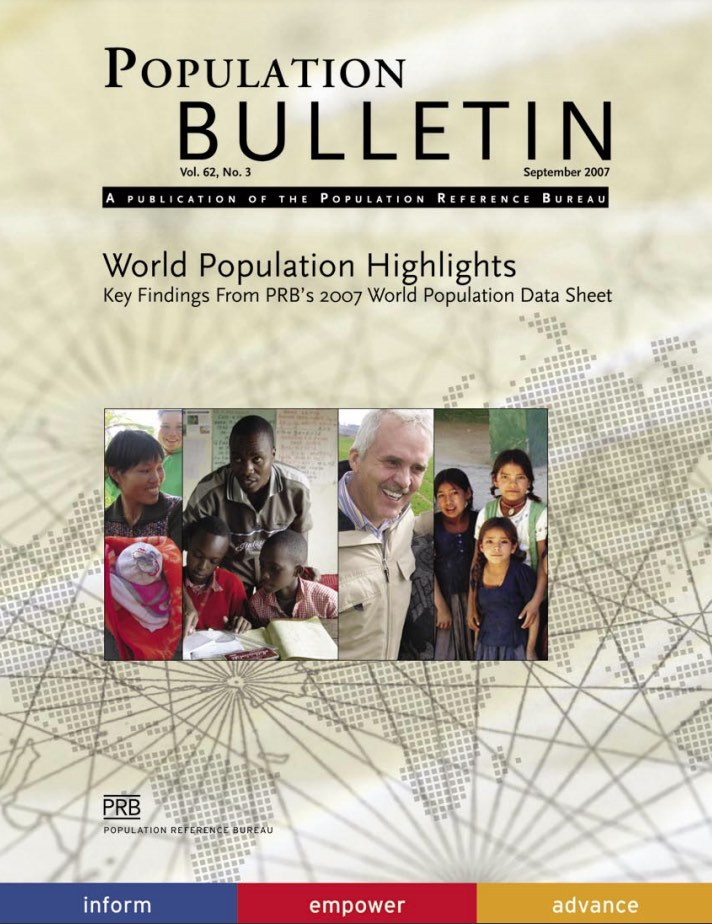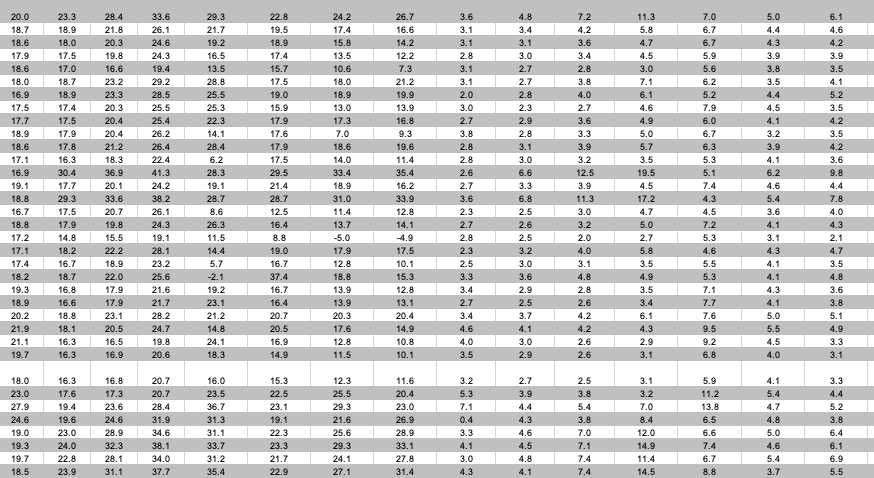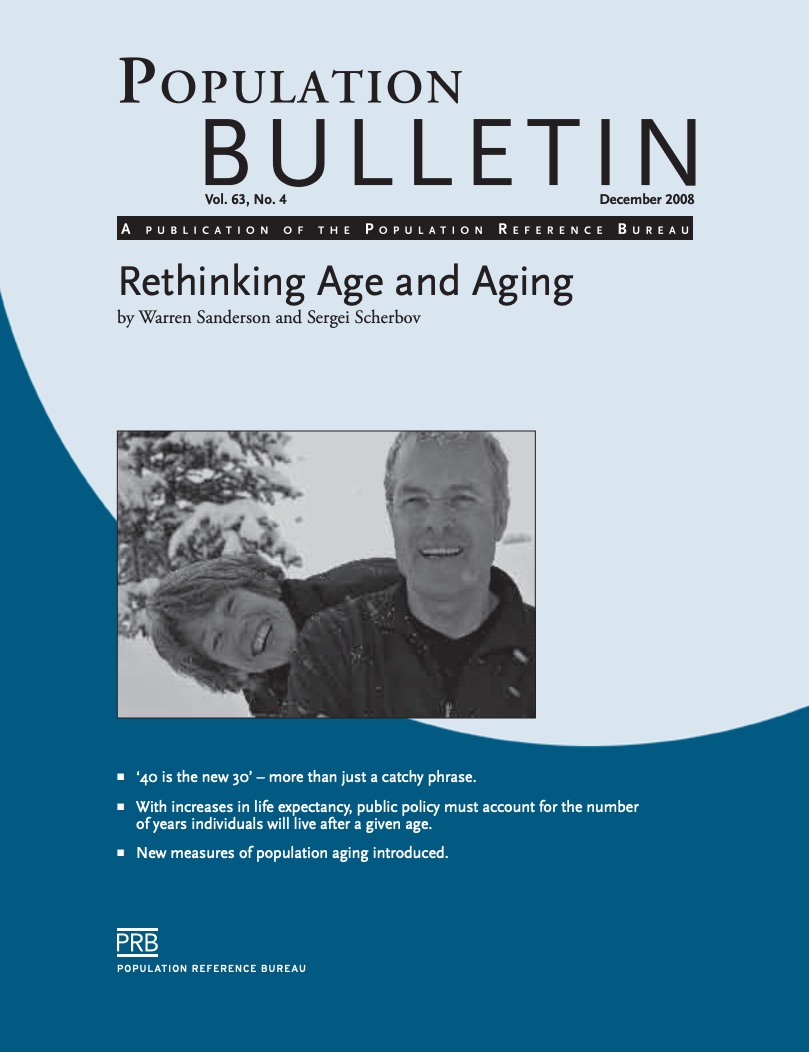621 Search Results Found For : "Best%20Essay%20Writing%20Service%20%F0%9F%8E%93www.WriteMyPaper.online%20%F0%9F%8E%93Write%20Essay%20Fast%20-%20Write%20Essay%20Cheap"

The Enduring Impact of the U.S. Baby Boom on Race and Ethnicity
(2010) Racial and ethnic minorities make up a growing share of the U.S. population—35 percent in 2009, up from 31 percent in 2000, according to new population estimates from the Census Bureau.
Census Bureau Plans to Eliminate ‘Foster Child’ Category
(2007) The U.S. Census Bureau plans to eliminate the "foster child" relationship category on its questionnaires for the 2010 Census and the American Community Survey. They will be counted with other children, but foster children's characteristics as a group will not be available.
Urban Population to Become the New Majority Worldwide
(2007) For the first time, more than half the world's population will be living in cities and towns by next year, according to the State of World Population 2007 report from the United Nations.
The Growing Owner/Renter Gap in Affordable Housing in the U.S.
(2013) National trends mask a growing owner/renter gap in the amount of money spent on housing, relative to household income.

Tables: Rethinking Age and Aging
(December 2008) According to the United Nations (UN), "Population ageing is unprecedented, without parallel in human history and the twenty-first century will witness even more rapid ageing than did the century just past."
Project: Center for Public Information on Population Research (CPIPR)
U.S. Teen Birth Rate Correlates With State Income Inequality
(2012) Despite declining rates, teen birth rates in the United States remain persistently high, at 34.4 births per 1,000 women ages 15 to 19.
U.S. Population Could Reach 438 Million by 2050, and Immigration Is Key
(2008) A new report from the Pew Research Center projects that immigration will propel the U.S. population total to 438 million by 2050, from 303 million today (see Figure 1). Along with this growth, the racial and ethnic profile of Americans will continue to shift—with non-Hispanic whites losing their majority status.

Population Bulletin, vol. 63, no. 4: Rethinking Age and Aging
(December 2008) According to the United Nations (UN), "Population ageing is unprecedented, without parallel in human history and the twenty-first century will witness even more rapid ageing than did the century just past."

